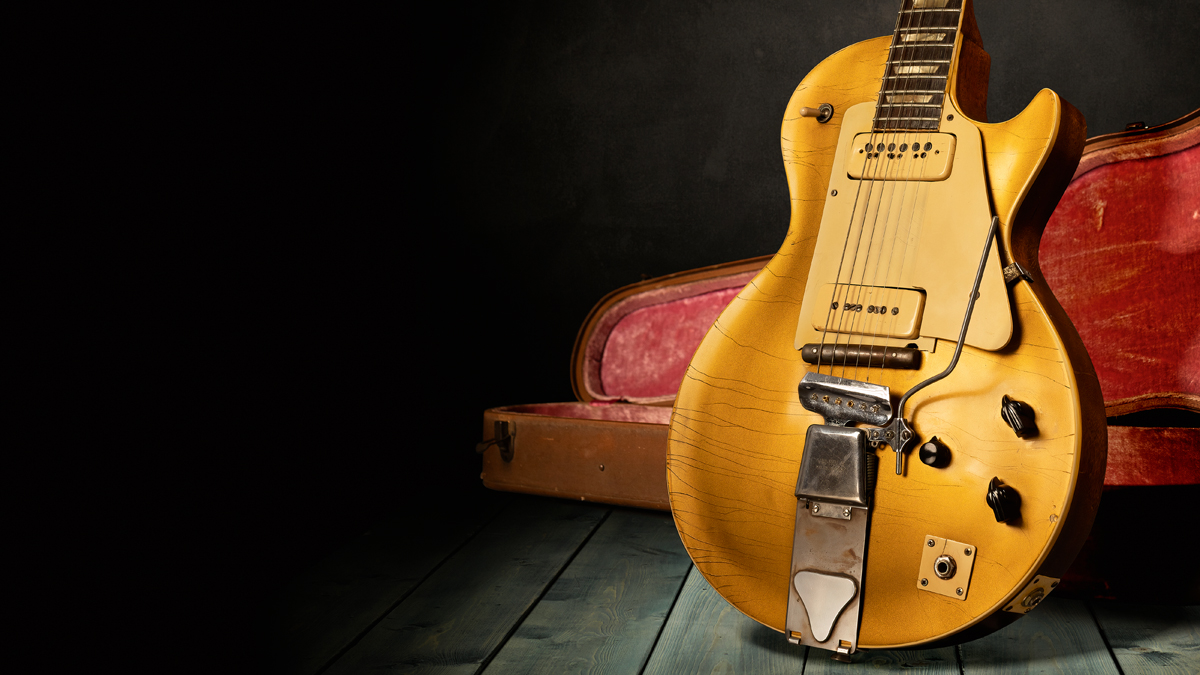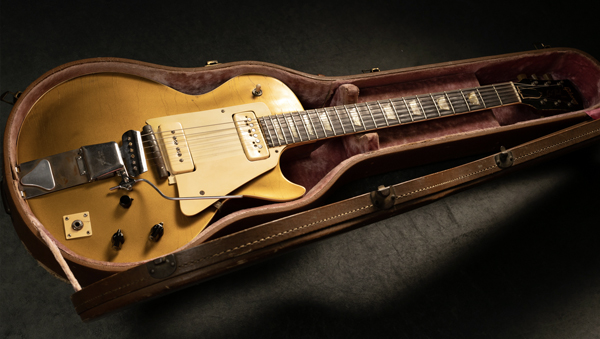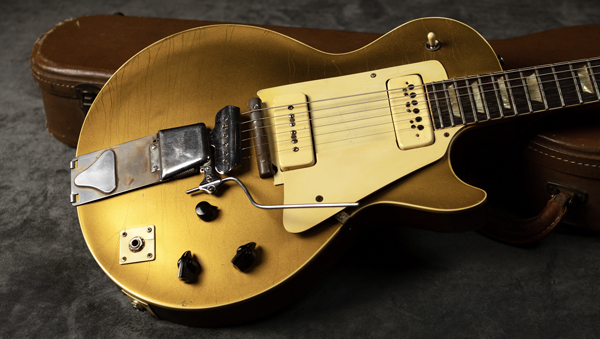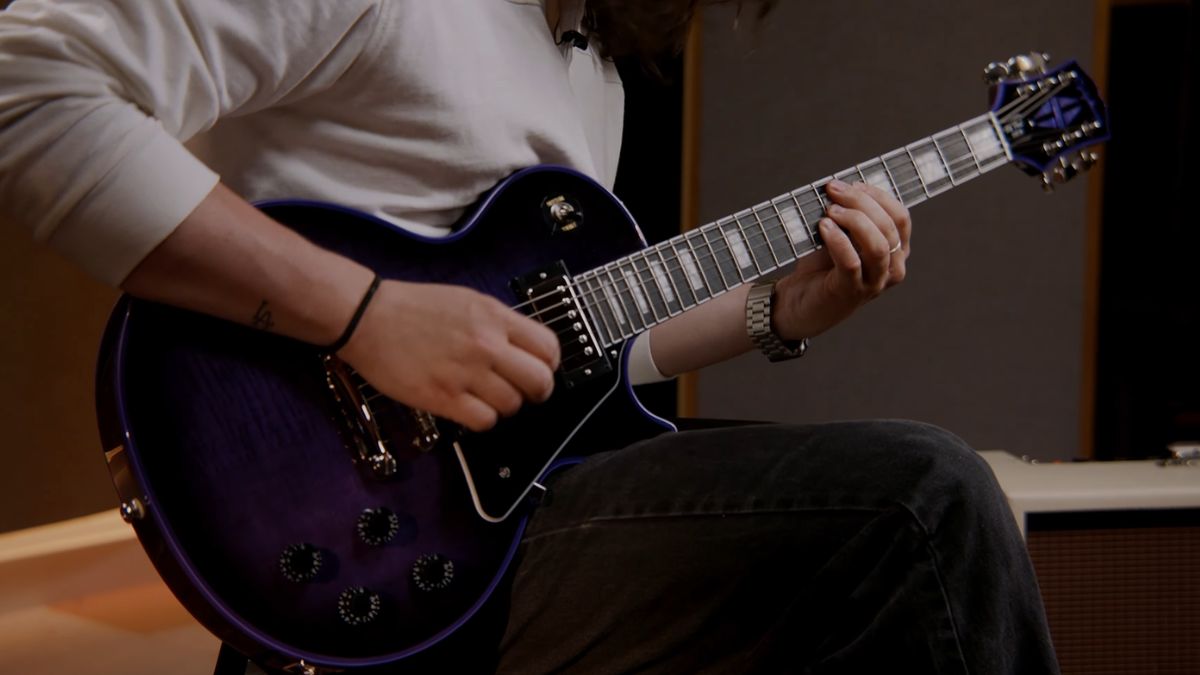
Les Paul’s iconic “Number One” Les Paul – the first ever Gibson Les Paul model to be approved by Paul himself – recently went up for auction at Christie’s in New York and, despite carrying an estimated price tag of $150,000, sold for a whopping $930,000.
The historic nature of the axe helps justify its almost-one-million-dollar price tag, with the heavily-modded singlecut sporting a series of home DIY jobs that Paul had included in his evergreen quest to create a game-changing electric guitar.
The guitar – which was originally brought to Christie’s by Les Paul’s son, Gene, and his longtime collaborator, Tom Doyle – was favored by the guitar pioneer as his main performing and recording instrument around 1951 and 1952.
Prior to the auction, Gene Paul described the Goldtop as “the most historically significant, valuable, pivotal, and important guitar to my father” and called it “his crowning achievement."


In recent months, Les Paul’s “Number One” has been the subject of intense historical exploration from the guitar community. Speaking to Guitarist magazine as part of its extensive deep-dive into the model, Doyle addressed the various myths and mods attached to the hallowed guitar, saying that Paul’s guitar-tweaking activities “never stopped."
“He wanted clarity and sustain,” recalled Doyle. “Not the [compression-based] sustain that came later on with the Les Paul guitars, with amplifiers in overdrive – but resonant sustain. He used to say, ‘Everything has resonance; just hit that table with your hand and you can feel it vibrating. That’s what’s happening on the guitar.’ That’s what he wanted to achieve.”
Other specs found on the ultra-modded six-string include an infamous ‘swimming pool route’ section – hidden by an abnormally sized pickguard – that accommodated movable pickups and a hum-cancelling Q-coil.
Get The Pick Newsletter
All the latest guitar news, interviews, lessons, reviews, deals and more, direct to your inbox!
“The pickups are mounted directly into the wood,” offered Doyle by way of an explanation. “Les chopped out wood to move the pickups to find out where the best positions would be.”
An additional video exclusive to Guitarist included some more in-depth analysis of the axe, highlighting the tone control setup, pickup configuration and further DIY tweaks that involved a hot screwdriver and a hammer.
Les Paul's guinea pig six-string was also equipped with two output sockets – for both high and low-impedance signals – a Kauffman vibrola and a custom neck pickup that Gene recalls helping his father wind.
"I certainly get emotional with it," added Doyle, who Paul eventually gifted the Number One to after years of modding. "When he gave it to me, he said this is for you, Tom. You should have this guitar.
"I do feel very emotional about it, I really do," he continued. "But it’s time for the world to see what Les was and what was most important to him. And we’re so proud to be able to present it to the world."
Head over to Christie's to explore the auction lot.

Matt is the GuitarWorld.com News Editor. He has a Masters in the guitar, a degree in history, and has spent the last 16 years playing everything from blues and jazz to indie and pop. When he’s not combining his passion for writing and music during his day job, Matt records for a number of UK-based bands and songwriters as a session musician.
“It holds its own purely as a playable guitar. It’s really cool for the traveling musician – you can bring it on a flight and it fits beneath the seat”: Why Steve Stevens put his name to a foldable guitar
“Finely tuned instruments with effortless playability and one of the best vibratos there is”: PRS Standard 24 Satin and S2 Standard 24 Satin review










